The city of the Hague has never had city walls.
Although historical sources estimate that the political capital of the Netherlands might have had roots in Roman times, it remains particular that the cosmopolitan home of the peace flame, situated on Carnegieplein, had always taken on an open character. Until today, this is how the slowly growing, green and seaside city is perceived by its misceanllous inhabitants: accessible, spacious and most important of all, open in spirit.
The international sand festival, the Escher museum, as well as the Scheveningen beach side boulevard have elevated the city into an essential European cultural stop.
In the morning, one would do well to start with Bagels and Beans located in the city’s centrum. A particularly solid recommendation would be the Wild Alaskan bagel, sided by a cup of coffee (around EUR 14 – EGP 465). Once done, a stroll through the city’s quaint Chinatown will help with digestion, followed by a gradual walk to the scenic Het Binnenhof, among the oldest Parliament buildings in the world still in use.
Hundreds of art pieces can then be visited at the Kunstmuseum (or the City museum, for EUR 16 – EGP 532). Currently, there is also an exhibition celebrating the works of M.C. Escher, a famed graphic design artist whose experiments with geometry, shadow and illusions give the exhibition a playful twist. At the museum, Mondriaan and Piets’ renown paintings dwell, giving insight into the contemporary art of some of the greatest artists of the 20th century. Other museums worth visiting are the Maurithuis as well as Escher’s Het Paleis.
Following a nice and long visit of the museum, a little sweet snack is on anyone’s bucket list for the day. Grab a fresh stroopwafel at Van Schaik, or, if you’re lucky to find it any time after January when it is traditionally sold, a bite into the Dutch cousin of the doughnut, oliebol with powdered sugar (EUR 1.20 – EGP 39); it will not fail to bring back energy into your legs.
Once done, many are quickly smitten with Henrik Willem Mesdag’s panorama. It is located in the Mesdag museum (EUR 15 – EGP 500), and is considered one of the Groningen native’s most important paintings as well as the largest one in the country. There, visitors can experience a 360-degree view of the 14 meter high painting. From an observatory in the middle of the gallery room, the circular perspective gives the impression that the observer is on a high sand dune viewing the sea, beaches, and settlement of Scheveningen in the late 19th century.
When the hunger pangs manifest themselves, it’s time to head to Scheveningen for an assortment of food options. Behind the Kurhaus hotel, and at the back of the Palace Promenade mall, one can’t go wrong with fresh seafood at Simonis (they serve platters of fried fish at a low rate), or opt for one of the many beachside restaurants offering fresh plates of mussels at around EUR 20 (EGP 665).
Content with dinner, the boulevard and the beach are popular spots for those looking to ruminate at sea. With more than nine million visitors per year, Scheveningen is the largest seaside resort in the Netherlands. And, out on the sea, is a large covered pier with an arcade, cafes, and a bungee jumping station.
There are various playful statues stationed along the beachside as well. About two kilometers in walking in the direction of the lighthouse, at the head of Kalhuisplaats, is none other than the statue of the fisherwoman adorned in the traditional garb and clasping her hands tightly. Her inscription reads “For all those people who set sail and didn’t return.”
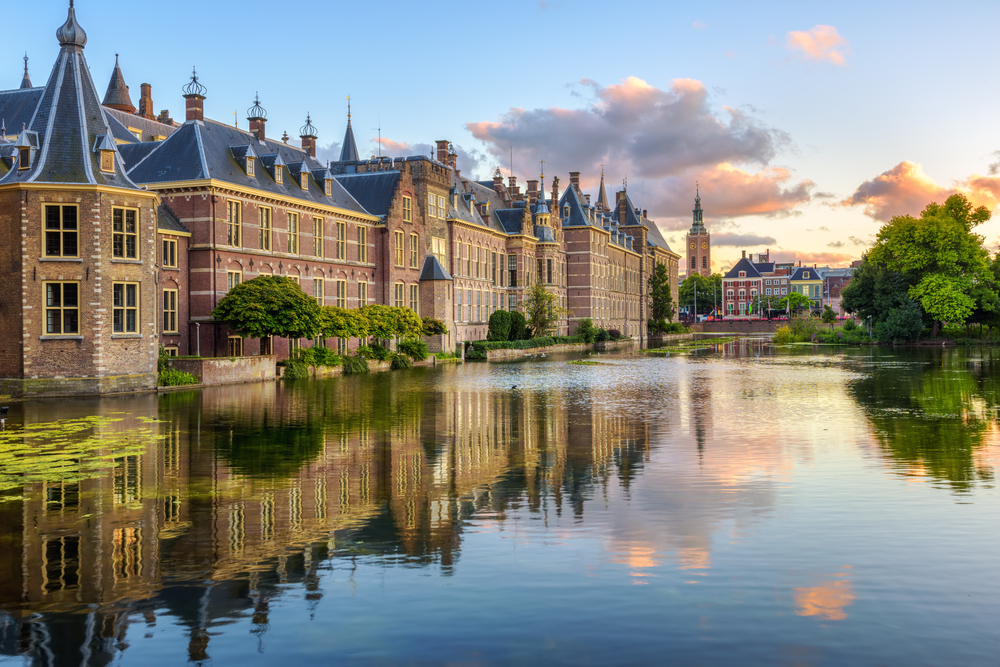

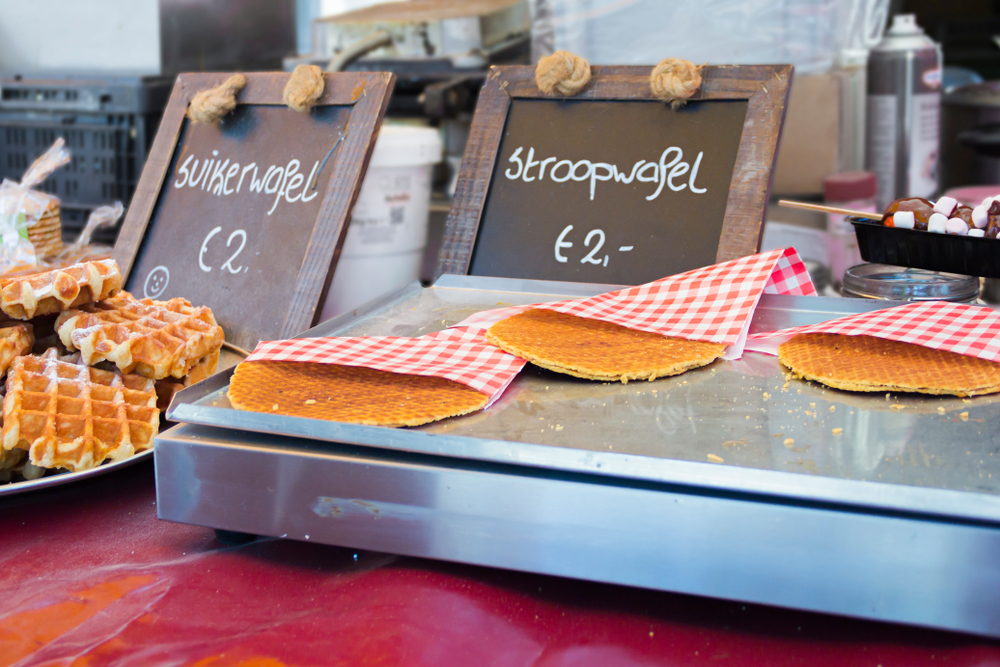
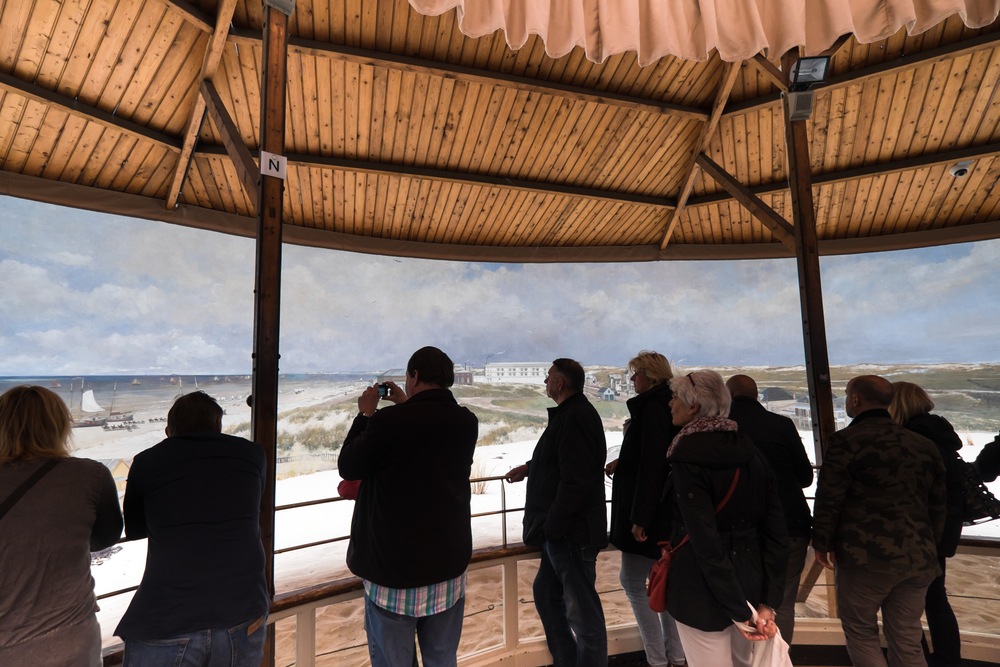
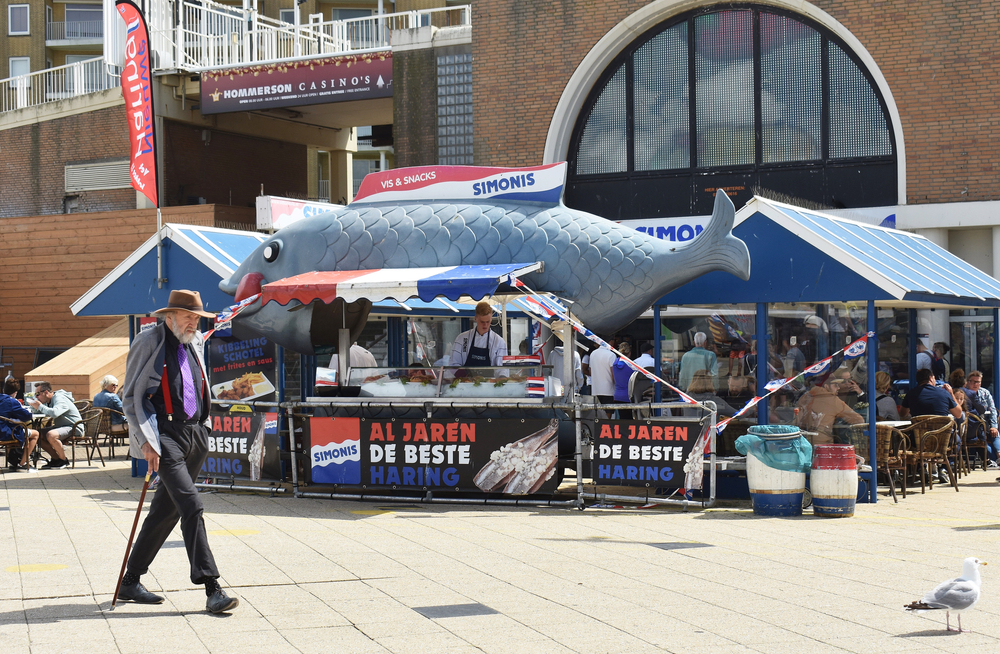





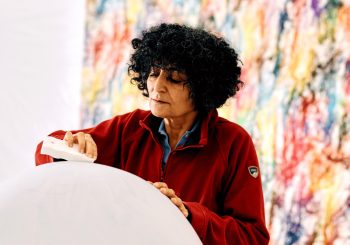
Comments (2)
[…] Source link […]
[…] 24 Hours in the City of Peace: The Hague […]